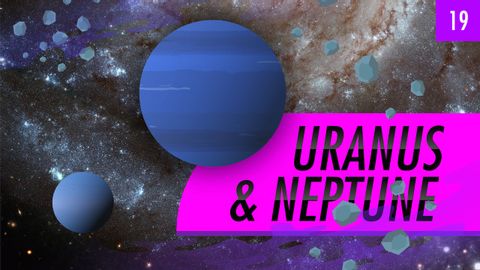
字幕與單字
天王星和海王星。天文學速成班#19 (Uranus & Neptune: Crash Course Astronomy #19)
00
周興文 發佈於 2021 年 01 月 14 日收藏
影片單字
surface
US /ˈsɚfəs/
・
UK /'sɜ:fɪs/
- v.t.在...上加表面
- v.i.顯露;浮出(水面);浮出表面
- adj.表面的
- n. (c./u.)水面;(情緒、外表等)表面;(物體的)表面
A2 初級多益初級英檢
更多 使用能量
解鎖所有單字
解鎖發音、解釋及篩選功能
